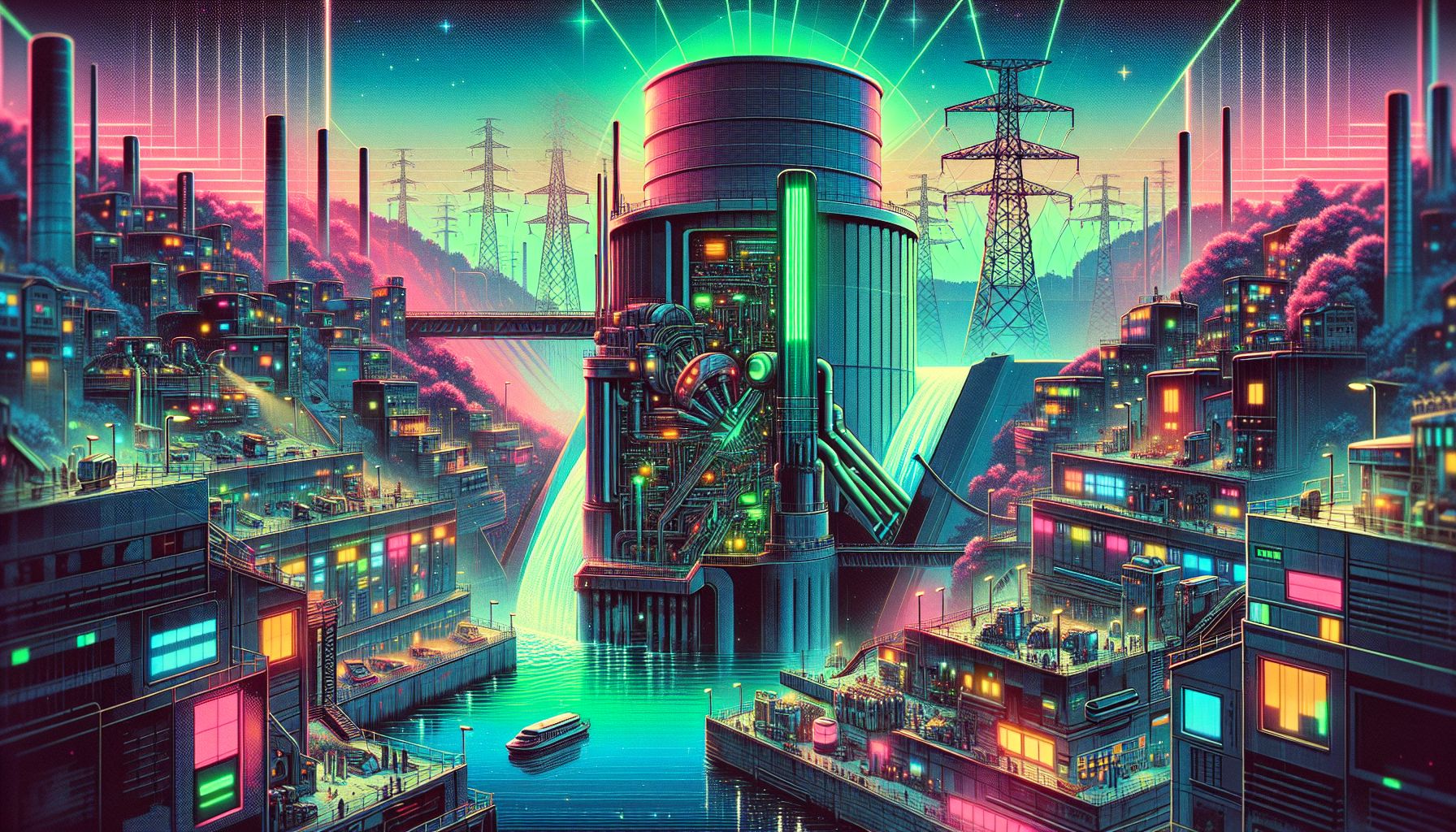Europe's Hydrogen Push: The Gas Container Renaissance

Brussels, Friday, 11 July 2025.
Europe transforms gas containers to fuel its hydrogen future, turning them into central heroes of a greener energy landscape. This makeover promises innovation across industries, driving eco-friendly goals forward.
Hydrogen’s New Guardians
G’day! Ever wondered how streamlining ordinary gas containers could change the world? Gas containers have emerged as pivotal players in the hydrogen economy, driven by the European Union’s ambitious emissions reduction targets. With a growth target of 8.83% CAGR until 2034, it’s a gold mine[1]. These containers, once mundane, are now being transformed to store hydrogen—a cleaner alternative to fossil fuels. By integrating IoT technology and lightweight materials, companies like Hexagon Composites and Rheinmetall are leading the tech race, promising smarter and safer hydrogen storage solutions[1].
Regional Powerhouses
Guess which countries are at the forefront? Germany and France! They’re sinking significant investments into hydrogen infrastructure. France aims for a $106 million boost in this sector by 2034. Germany, with its goal of 5 GW of green hydrogen capacity by 2030, plans even greater feats[1]. These movements aren’t just reshaping local economies; they’re setting a sustainable precedent for the entire continent. Imagine an era where hydrogen hubs are as common as coffee shops in Berlin or Paris—exciting, right?
Challenges and Opportunities
Let’s not kid ourselves; every opportunity comes with challenges. The high initial costs for advanced composites and IoT tech are formidable. Thankfully, big players like Hexagon and Rheinmetall, with their robust R&D budgets, are navigating these waters[1]. Additionally, Europe’s fragmented regulations pose a headache; however, Germany and France set examples with clear policies. The economic landscape is akin to a strategy game: align yourself properly, and the rewards are yours.
Future Horizons
Looking ahead, the vision for hydrogen in Europe is expansive. The region’s investments are likened to ‘a bet on Europe’s industrial backbone,’ with innovations in MEGC technology becoming a linchpin for clean energy transitions[1]. As the technology evolves, who knows? Maybe we’ll see hydrogen-powered scooters zipping through the cobblestone streets of Brussels soon. If you’re in the energy sector, keep an eye on IoT developments in MEGCs—they’re not only trendy but likely the future benchmarks for safety and efficiency.